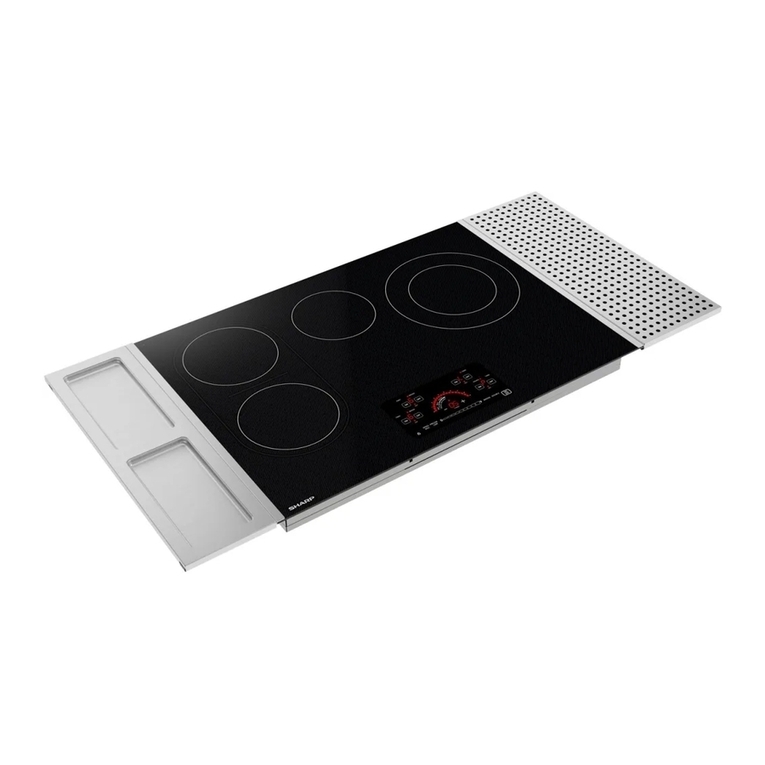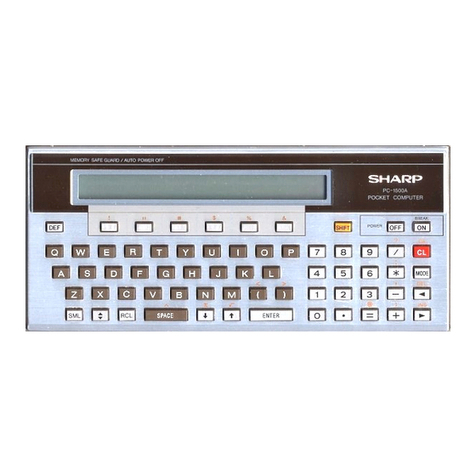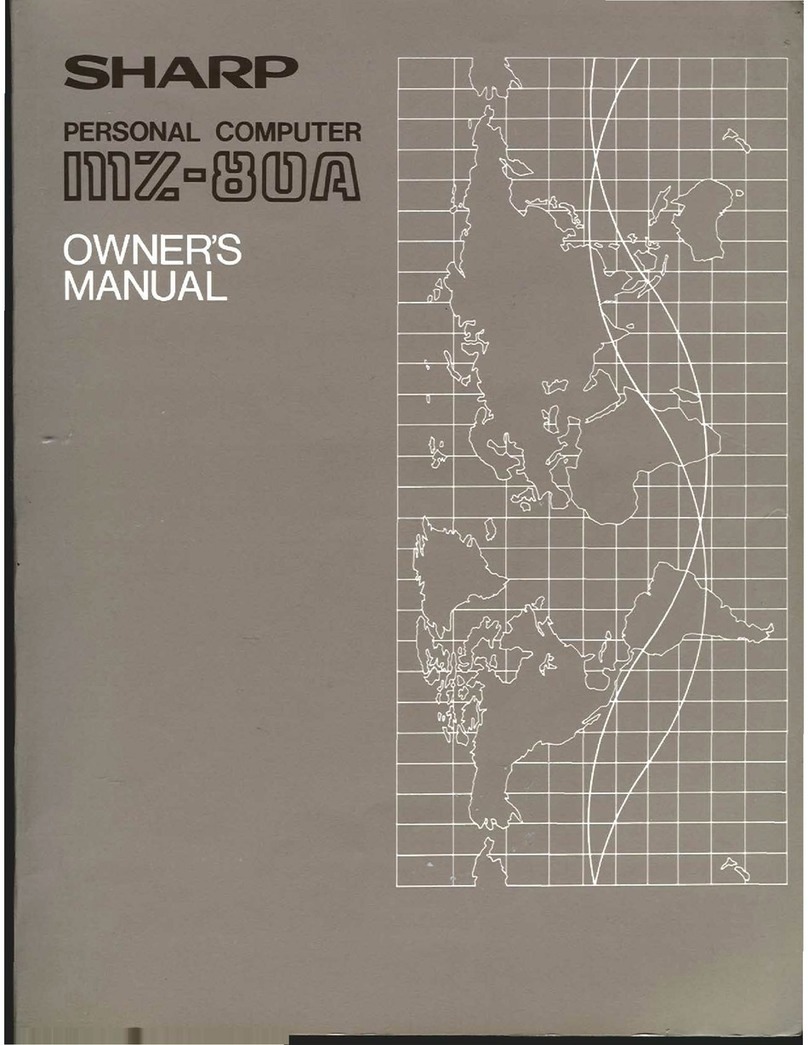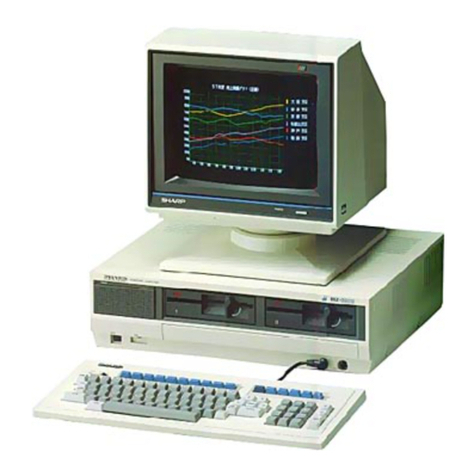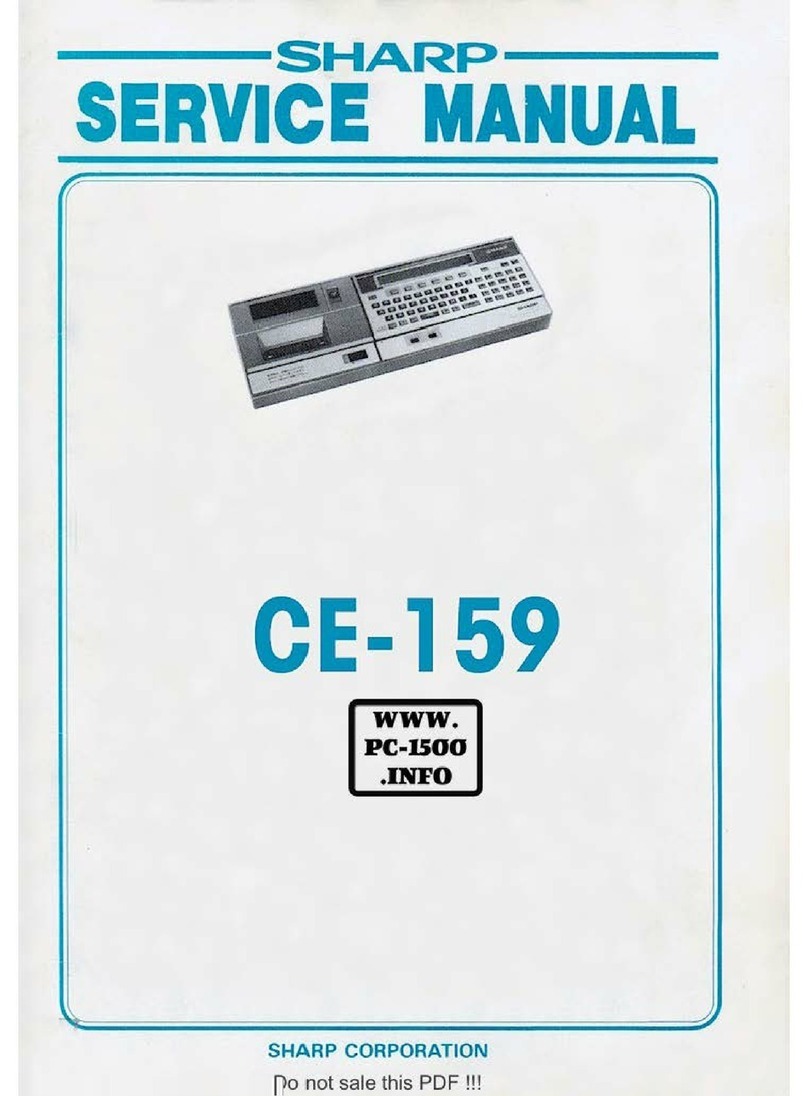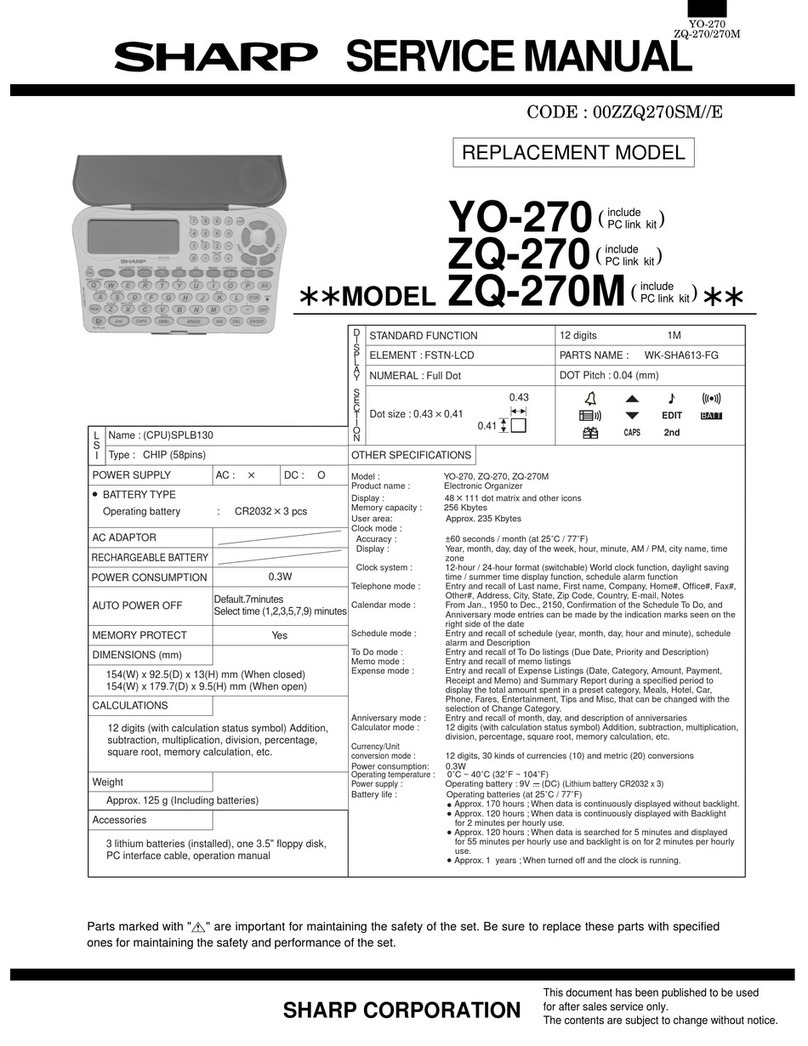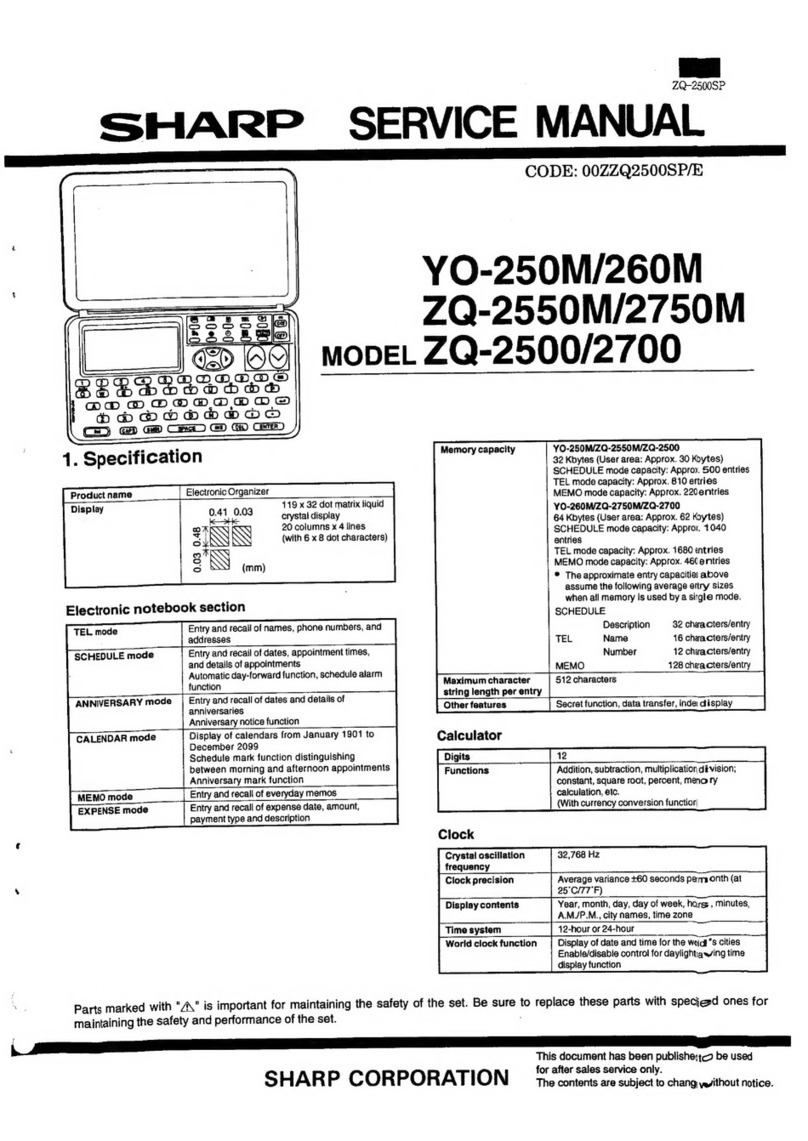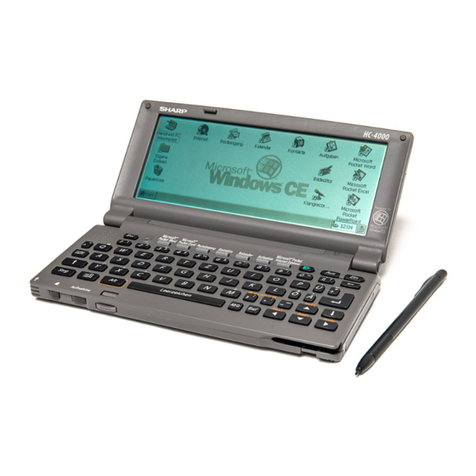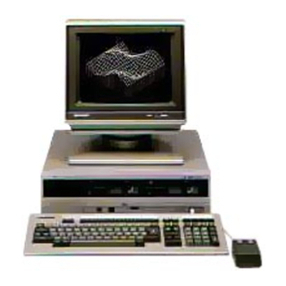
3)
Hardware installation
3-1) Hardware installation procedure
There are three procedures for hardware installation.
CD
Perform
hardware
installation
during
user
diagnosis.
(2)
Press
ENTER
key
when
"Invalid
Configuration
Information"
error,
etc.
occurs.
(;ll Press CTRL +ALT+SET UP keys during setup operation.
3-2. Hardware installation
-0
Bisplay configuration
-{:;
Display mode: VGAlEGAlCGAlMDAlHGC
Used to
set
built-in VGA.
-(:;
Display adaptor: Internal
VGAlCGABO/CGA40/MDAlOthers
Used to
set
the display adaptor state when the expansion box
is
connected.
By
this setting, the display adaptor can
be
used
instead of the
built~in
VGA when the builHn VGA is
not
used
and
the
expansion
box
is
connected.
If the expansion box is not connected, the
built~in
VGA is used
regardless
of
this setting.
€)
Drive
assignment
-{:;
Drive
A:
OptionaI3.5"FDD External 5.25"FDD
-{:;
Drive B: External 5.25FDD" Optional 3.5"FDD
Used to
set
FDD assignment. When the expansion FDD is not
connected, the option FDD is assigned to Drive A regardless
of
this setting.
'"
Drive C: Internal HDD ROM disk
-{:;
Drive D: None Internal HDD
Used to set the internal
HOD
and ROM disk assignment and
to
set the booting drive assignmentwhen FD is not inserted.
o
1/0
configuration
Used to set hardware
1/0
port.
-{:;
Parallel Port: PORT1/PORT2/DISABLE
Used to
set
port address
of
the internal parallel port.
-{:;
Internal SIO Port: PORT1/PORT2/DISABLE
'"
Optional SIO Port: PORT1/PORT2IDISABLE
Used to set SIO port address.
-{:;
ROM disk
1/0
port: 1?BH
-1?BH
(?:O-F)
Used to set
1/0
port address used by the ROM disk.
ROM disk port address is effective even though ROM disk is
set to NONE.
ROM disk
110
port address
may
be changed to
pr~vent
butting
when a card is inserted into the expansion box.
-{:;
EMS
1/0
port: 2?BH -2?BH (?: either of
0,
1,4,
5,
6,
A,
B,
E)
EMS
1/0
port is effective even though EMS is not used.
EMS port address may
be
changed to prevent butting when a
card is inserted into the expansion box.
-7-
10
Memory configuration -
PC-6220
For memory setting, commercially available
memory
can
be
used
for
the expansion box. Therefore, the user must register the size
of
internal memory connected currently.
-{:;
Internal memory size: XX MB 1 -
3MB
The user must register the total size
of
Sharp memory.
Each memory capacity is assigned
and
displayed according
to
this total memory.
-{:;
Boundary address: XXXXXXXH
Used to set boundary of releasing memory address to the
expansion box. According to this -value,- the sizes
of
1
Mb
memory and EMS memoryare determined.
-{:;
With the above items,
the
following items are displayed.
o Main
memory:
640KB
Main memory capacity is displayed. It is fixed to 640KB.
o Extended memory: XXXXXX KB
(XX.x
MB)
The memory capacity
over
1
MB
is displayed. Memory in the
expansion box is not displayed. Only Sharp memory is dis-
played.
o Expandedmemory: XXXXXX KB (XX.X MB)
EMS memory capacity is displayed. Memory in the expansion
box is not displayed. Only Sharp memory is displayed.
o Disabled memory: XXXXX KB
Depending on the memory boundary
set
value, 256KB
memory maybe disabled.
4) Others
4-1) Default values
of
hardware installation and setup
To
reset parameters
of
hardware installation and setup
to
the default
values, press CTRL + SPACE keys. Then the displayed parameters
will
be
reset to their default values.
To
reset all the parameters, press
CTRL + SPACE keys for each of hardware installation and setup
screens. Data and Time, however, will
not
be reset
to
the default
values.
4-2) Starting
ROM
disk
Press CTRL + ALT + SETUP keys and periorm setup. While setup is
executed, press CTRL + ALT +SETUP keys again,
the
set
goes into
hardware installation.
Then set drive C to ROM disk, and drive D
to
hard disk, and start the
set again.
4-3)
When the screen is not clear
on
starting
The PC-6220 stores the pallet value on power off. Therefore, some
pallet value setting just before power off may result in unclear screen.
In
this case, press
Fn
+SETUP.



